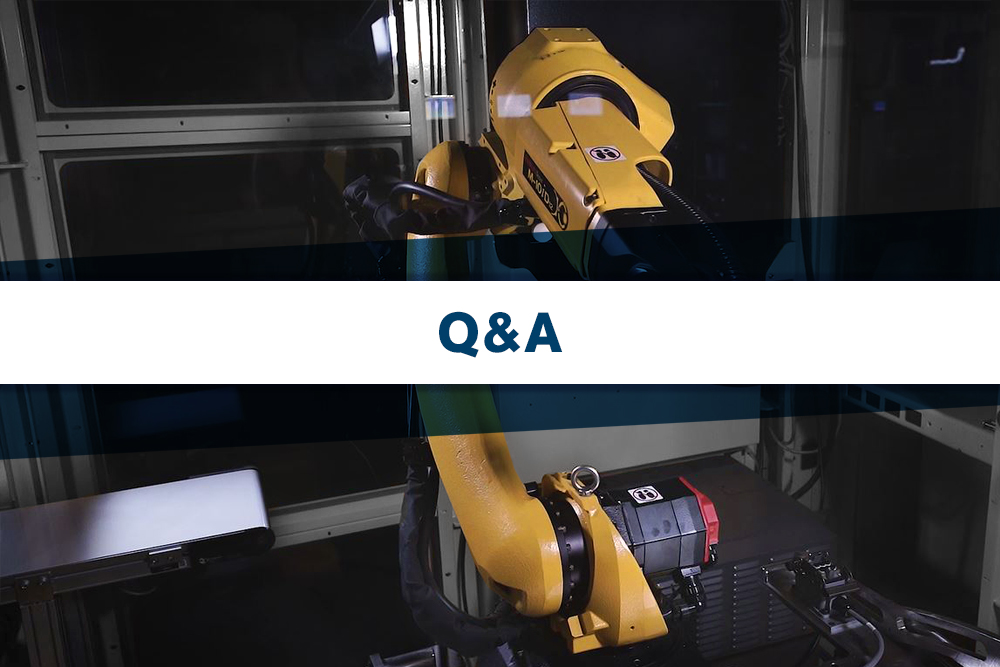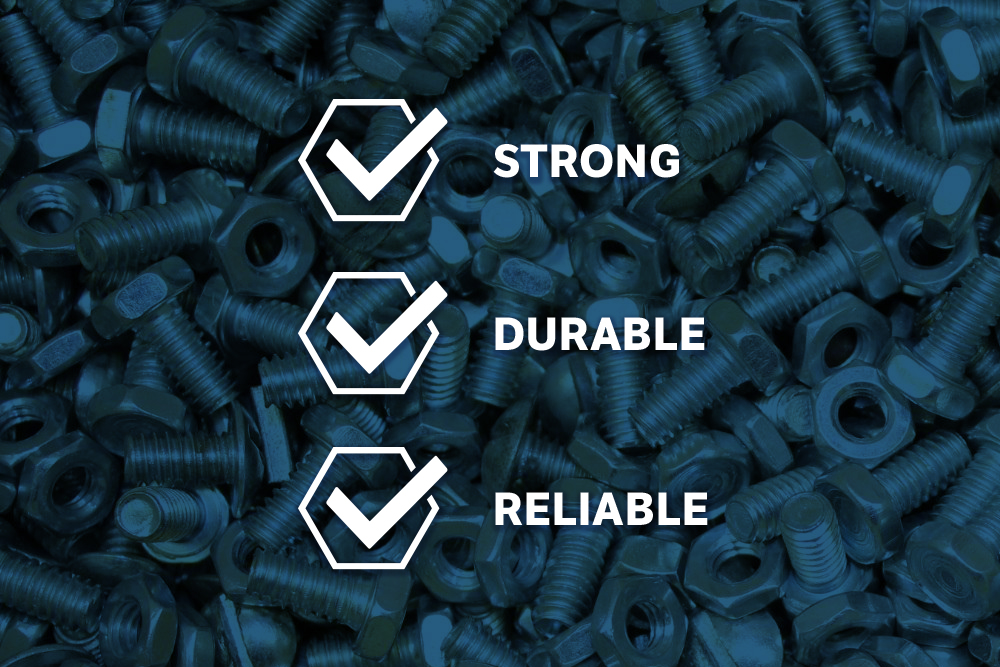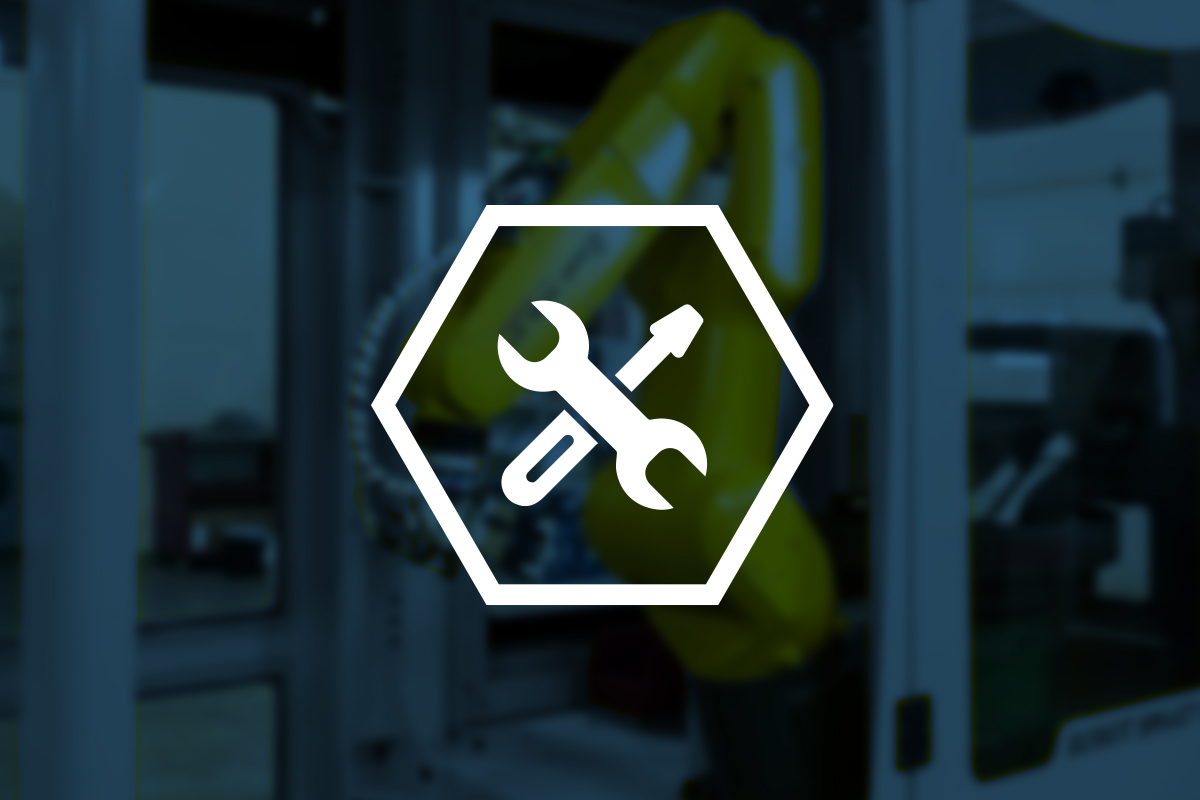DIY Robotics’ blog
KEEP UP WITH THE LATEST NEWS IN
INDUSTRIAL ROBOTICS.
INDUSTRIAL ROBOTICS.
Enjoy! and don’t forget to take a look at our products.
WHAT IS A ROBOTIC CELL
As more industries are moving into Industry 4.0, they are looking for new innovative ways to improve their production through the use of robotics. However, for industries which already possess robotic equipment, there are a few solutions available to further improve their efficiency. One of these solutions is through the use of robotic cells.
COLLABORATIVE ROBOTS VS INDUSTRIAL ROBOTS
As technologies advance, manufacturing industries are looking for new and innovative ways to increase their factory production and efficiency. Robotic technology is widely used and is available for all production companies to achieve these goals. Many different kinds of robotic equipment are available to be integrated into a factory floor. They can be distinctly categorized into two groups: Industrial Robots and Collaborative Robots. Each of these options provides many benefits, however, based on the task or environment that they would be subjected to, one may prove to be a better fit over the other.
IMPORTANT QUESTIONS REGARDING DIY ROBOTICS CELLS
In this part, we will answer frequent questions about robotic cells and explain how robotic equipment is an excellent solution to increase the overall efficiency of a workplace. There are a wide range of products, models, and equipment available to automate a production procedure. However, integrating robotic equipment onto a product floor is not an easy or straight-forward task. Many steps and precautions need to be taken before choosing the right equipment for the job. It is important to ensure you have correct information to ensure great fit for the automated equipment on your production floor. At DIY Robotics, we provide detailed product pages, an easy contact service, as well as an online forum to provide all the knowledge our customers may inquire about our products.
THE IMPORTANCE OF MATERIALS IN INDUSTRIAL ROBOTICS
Throughout history, humans have discovered and developed ways to manipulate materials in order to create and build the world around them. As technology progressed, our understanding of these materials has led to breakthroughs in production and sustainability, which has benefited society greatly. Therefore, a strong understanding of materials is essential for any manufacturing environment to operate. Whether the results are structural or product-based, each industry must comply with and meet specific requirements to deliver a safe and reliable product. Hence, the use of Strength of Materials is a key aspect of all manufacturing processes.
APPLICATIONS OF ASSEMBLY ROBOTS
Assembly robots are commonplace within any manufacturing environment. They are capable of performing mundane and repetitive tasks with ease. Due to the accuracy of a robot’s EOAT, assembly robots are also perfect for constructing products that require a delicate or precise touch. Such products could involve anything with electronics or compact components. Assembly robots are also capable of working with awkward and heavier parts which a human would find hazardous. In modern assembly lines, almost all nodes within the line are operated by robots or some sort of automated equipment. This ensures that a consistent and accurate construction process is maintained.
HOW TO ATTEND A ROBOTICS TRADE SHOW EFFECTIVELY
More and more industries are turning towards industry 4.0 with the use of automation and robotics. To ensure an industry is leading in a manufacturing climate, they must ensure their robotic equipment is effective and of top-grade quality. Therefore, is it crucial to be well educated and informed on the variety of equipment and technology available.








